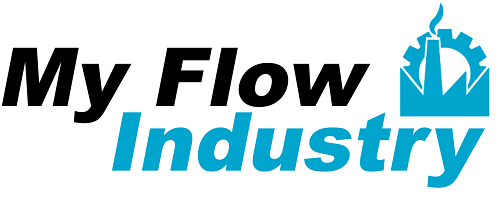
Providing top-quality patient care is the main goal for healthcare providers. With the rise of digital communication, call centers are becoming essential for addressing patient needs effectively. Monitoring and measuring the performance of these call centers through the evaluation of healthcare call center metrics can significantly impact overall patient care. This article will explore the importance of using call center metrics in healthcare and how it can lead to improved patient care.
Why Are Healthcare Call Center Metrics Important?
These metrics help healthcare providers ensure that patients receive the best possible care. By measuring the call center’s performance, organizations can identify areas for improvement and execute necessary changes. The capability of call centers to provide prompt responses and resolve issues efficiently is critical to patient satisfaction and trust. A list of important healthcare call center metrics can provide valuable insights into the quality of services rendered and help organizations prioritize their resources accordingly.
Top Healthcare Call Center Metrics to Consider
- First Call Resolution (FCR) Rate: This metric measures the percentage of calls that are resolved during the initial interaction between the patient and the call center agent. A high FCR rate indicates that the call center is adequately addressing patient concerns, leading to a better patient experience.
- Average Call Abandonment Rate: This tracks the percentage of callers who hang up before reaching an agent. A high call abandonment rate can signal long wait times or a lack of agents being available, leading to patient dissatisfaction.
- Agent Utilization: This metric calculates the percentage of an agent’s time spent handling calls or waiting for calls. Proper utilization ensures that agents are not overwhelmed or idle, maintaining a balance that improves call center efficiency.
- Call Transfer Rate: The percentage of calls that are transferred to another agent or department. A high transfer rate could indicate a lack of proper training or inadequate information available to agents, leading to frustration for patients.
- Average Handle Time: This measures the average time an agent spends handling each call. A shorter average handle time indicates that agents efficiently resolve patient issues, ensuring a satisfactory patient experience.
Implementing these essential healthcare call center metrics can greatly improve the quality of patient care and the communication process between patients and healthcare providers. However, challenges faced by healthcare call centers need to be addressed to ensure optimal performance.
Overcoming Call Center Challenges for Better Patient Care
By understanding and analyzing the metrics, healthcare organizations can uncover the root cause of call center challenges. Once these challenges are identified, steps can be taken to address them, such as:
- Providing additional training for call center agents to improve their knowledge and problem-solving skills.
- Utilizing call center technology or workforce management tools to manage call volume and agent availability effectively.
- Implementing clear protocols for escalation of calls when needed to reduce the call transfer rate.
In conclusion, healthcare call center metrics are vital in improving patient care. Accurate data collection and careful analysis can help organizations identify areas requiring improvement and implement actionable measures to optimize their call center performance. By keeping a pulse on these crucial metrics, healthcare providers can ensure that their call centers contribute to delivering the best possible care for their patients.
